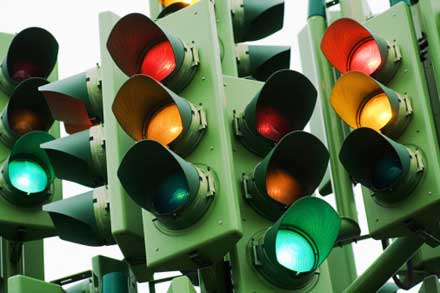Common Questions About Trend Signals

As one of our readers, you are welcome to send us any questions with regards to Trend Signals for the stock market and long-term investing. You can contact us here. Trend investing is simple, but when you are new to it, you probably will need some clarifications.
Here are a few questions that we received lately. Do not hesitate to send us your questions as well. You get a private answer by email and sometimes we use our answers as well for blog posts like this. Asking questions is always free.
The current Trend Signal for the S&P 500 is a “Buy” for the month of March. If the S&P 500 is down and the price drops below the 50 day moving averages for March, will you then issue a “Sell” for the month of April?
Yes, the different trend signals for the S&P 500 and other US markets that we have calculated till the closing of February show that the long-term trend is "UP". This is for us a "Buy" signal for the US markets. This signal will be reviewed only once in a month.
During March, the S&P 500 could behave/lower in such a way that one of the trend signals turns down. The MA-50 could for example turn under the MA-200.
If this only happens for the S&P 500 and not for the NADSDAQ, DOW or NYSE, This would not generate immediately a "sell" signal. Before the Stock Trend Investing system generates a "sell" signal for the US markets, multiple indices have to indicate a "down" trend signal.
By aggregating the different trend signals and indices in this way, we increase the reliability of the long-term trend indicator.
See for more information our Trend Signals guide.
If then during April the price moves above the S&P 500, will investors lose money because they have sold their S&P 500 funds in the beginning of April?
Yes, it could happen that the markets are moving in such a way that within a period of one or two months, the long-term trend seems to change direction twice.
However if you look at the history, you see that this almost never happens. But since it could happen, we review the trends every month. This means that you can correct quickly. The relative losses that you have during such a wobble are very small compared to the long term gains of following the trends that last years.
Using multiple trend signals and not just one also limits the risk of acting to hasty.
Remember that an "UP" long-term trend signals based on the closing of February does not tell you that March or April will be "up". What it tells you is that it is much more likely that the market in 3 to 6 months from now is "up" and not "down". These are not signals for short-term trading.
Next & Previous Blog Post
- ‹ previous
- 75 of 174
- next ›


